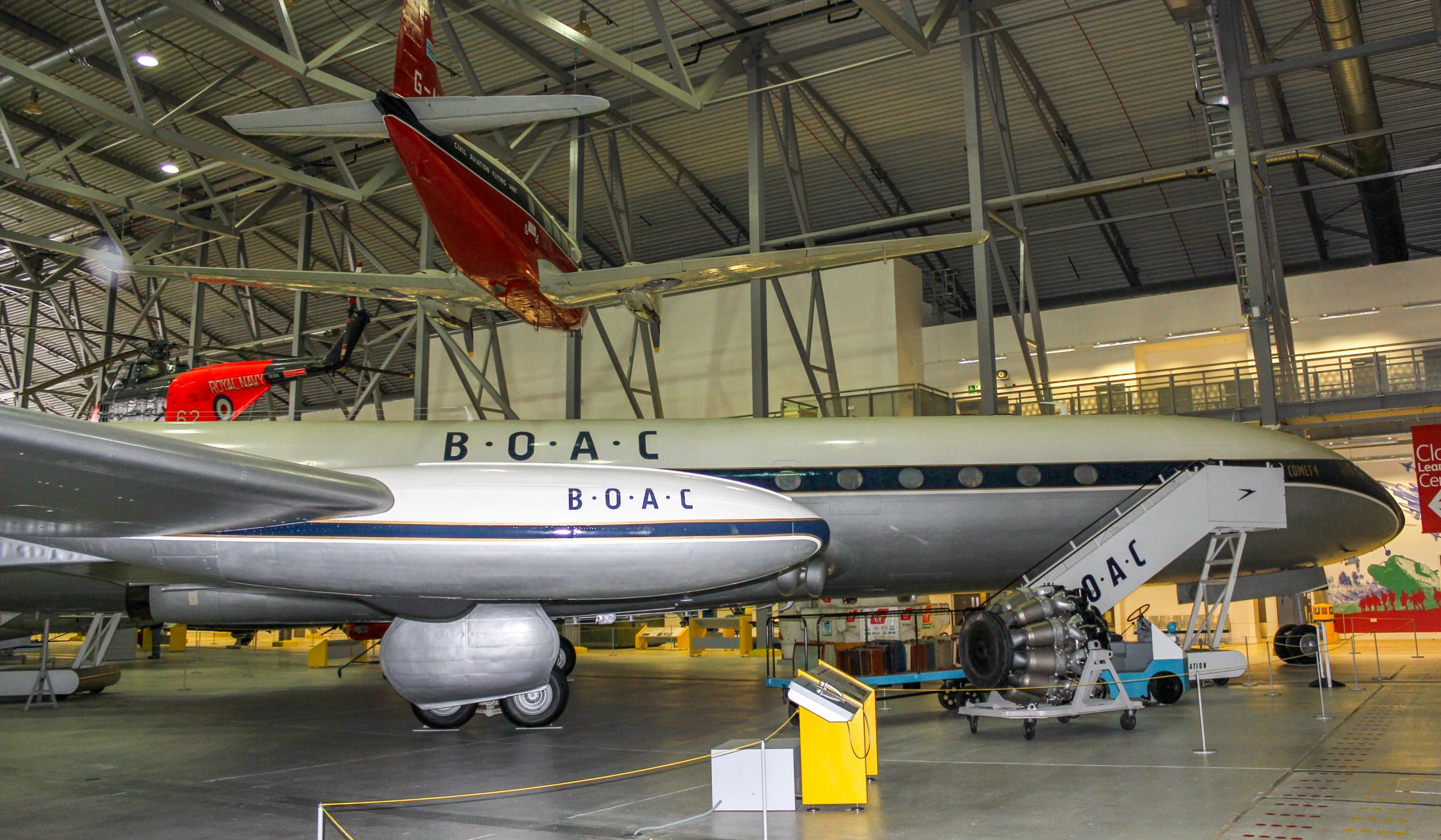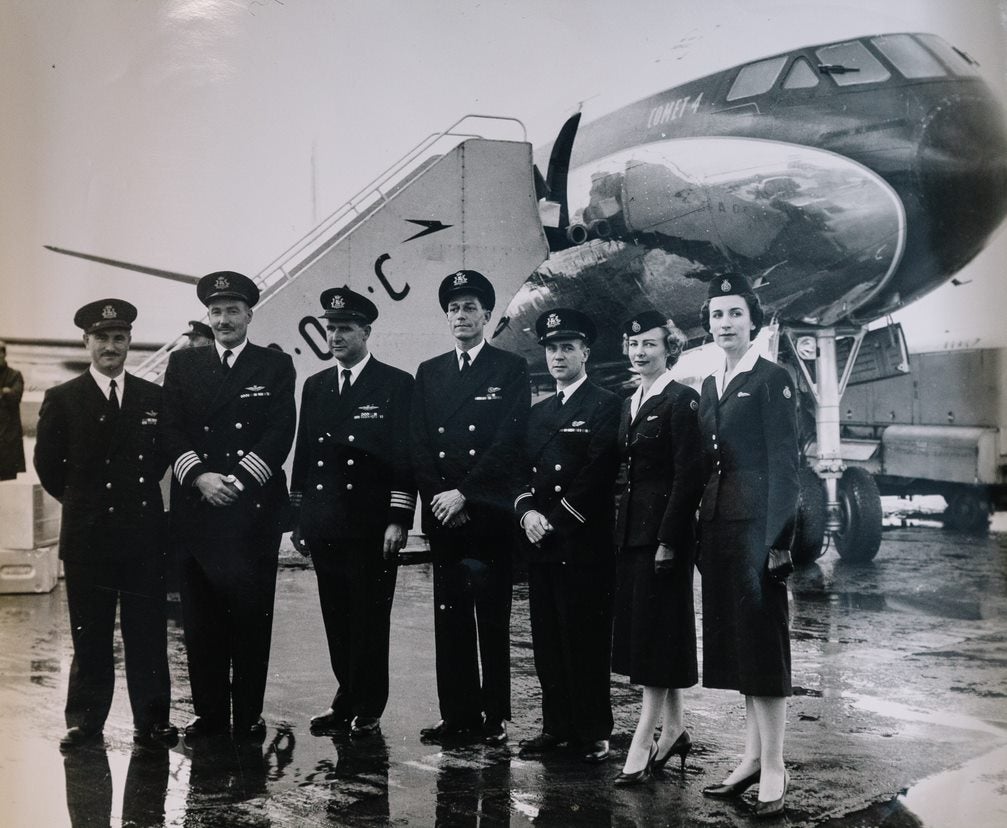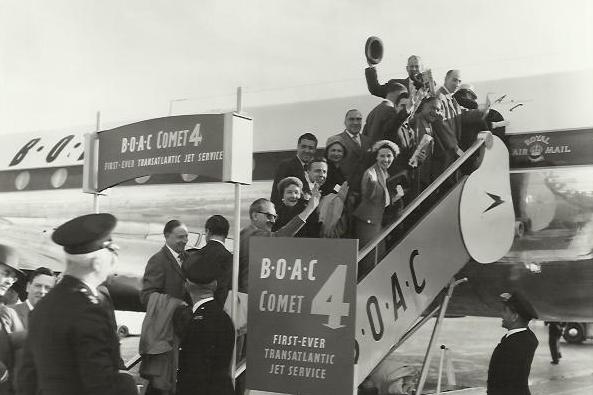Transatlantic travel: what was it like onboard the first London to New York flight?
The first jet plane across the Atlantic took off 60 years ago

Your support helps us to tell the story
From reproductive rights to climate change to Big Tech, The Independent is on the ground when the story is developing. Whether it's investigating the financials of Elon Musk's pro-Trump PAC or producing our latest documentary, 'The A Word', which shines a light on the American women fighting for reproductive rights, we know how important it is to parse out the facts from the messaging.
At such a critical moment in US history, we need reporters on the ground. Your donation allows us to keep sending journalists to speak to both sides of the story.
The Independent is trusted by Americans across the entire political spectrum. And unlike many other quality news outlets, we choose not to lock Americans out of our reporting and analysis with paywalls. We believe quality journalism should be available to everyone, paid for by those who can afford it.
Your support makes all the difference.Each day, more than 30 flights take off between London and New York, carrying almost three million passengers a year.
But rewind 60 years, and the first transatlantic jet was just taking off between the two cities.
On 4 October 1958, BOAC – today’s British Airways – flew two de Havilland Comet 4 aircraft across the Atlantic: one from New York to London and the other from London to New York.
The trip across the pond was the first-ever transatlantic jet flight, which made front-page news at the time. Thanks to the new aircraft, the journey time was cut from up to 20 hours to around seven.
In 1958, the Comet 4 could fly just 48 passengers a day from London, in two cabins - deluxe and first class - while a ticket to travel on this exclusive flight cost the equivalent of £8,000. Today, return flights from London to New York start at just £292 with British Airways.
Peggy Thorne, 91, was one of the original cabin crew members on that first flight.

“It was marvellous,” Thorne said, at an event hosted by British Airways this week to celebrate the first flight. “We were used to travelling to New York on Boeing Stratocruisers which took up to 20 hours. We couldn’t believe the flight was possible in such a short time.”
Talking about the 1958 flight, Thorne said: “There were all sorts of dignitaries on board, press and the chairman of BOAC. It was a thrilling experience.

“We served customers Madeira biscuits and coffee when they came onboard, followed by cocktails and canapes, and then a five-course lunch with wines.” She added that passengers “ate and drank from when they got on board until the time they got off”.
Former Comet 4 navigator captain Hugh Dibley added: “The Comet 4 was a firm favourite with pilots, as it was nice to fly and the design meant it was quite easy to make smooth landings. It also had great passenger appeal due to its beautiful appearance and take-off performance.”
Join our commenting forum
Join thought-provoking conversations, follow other Independent readers and see their replies
Comments